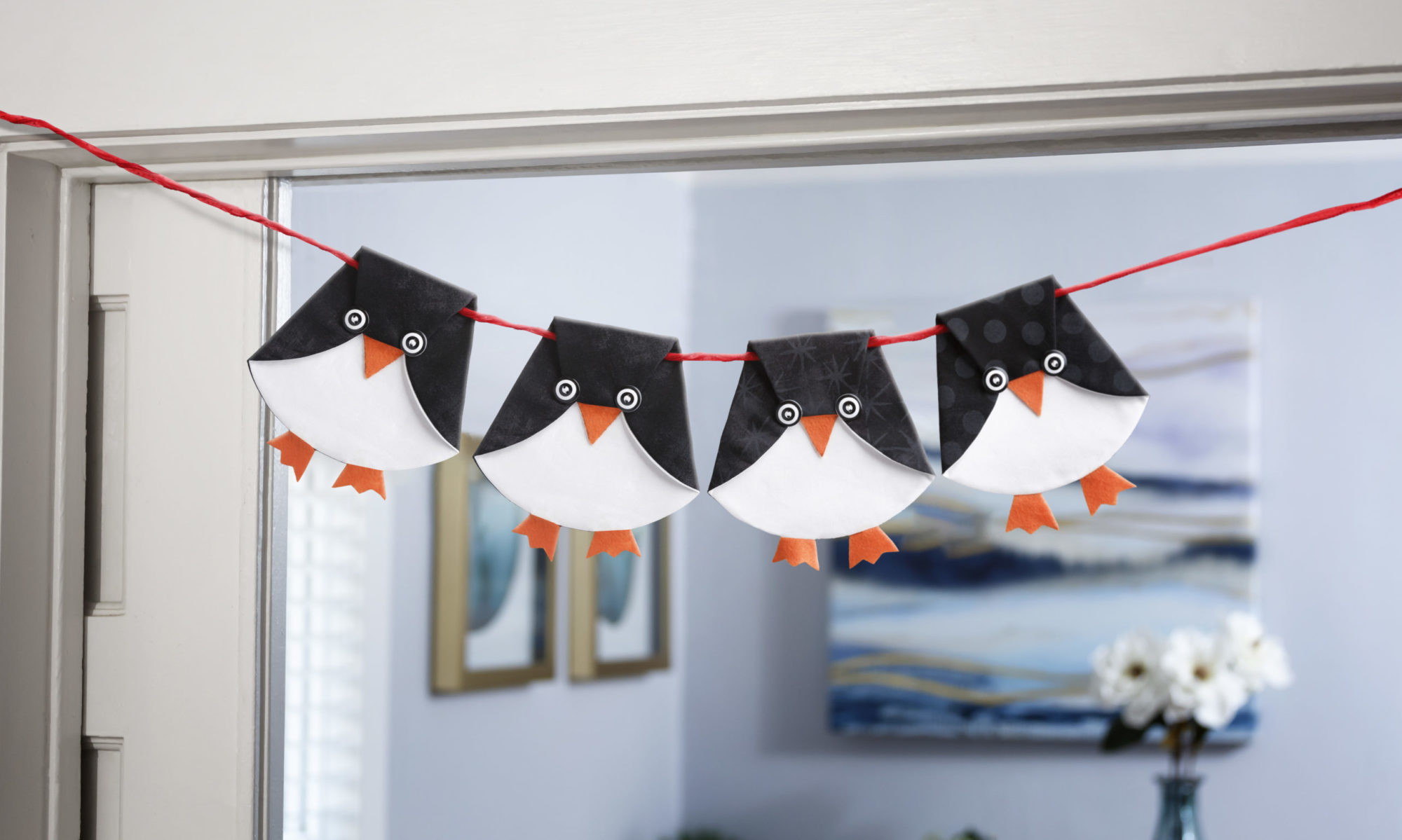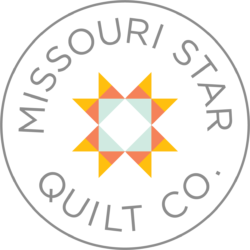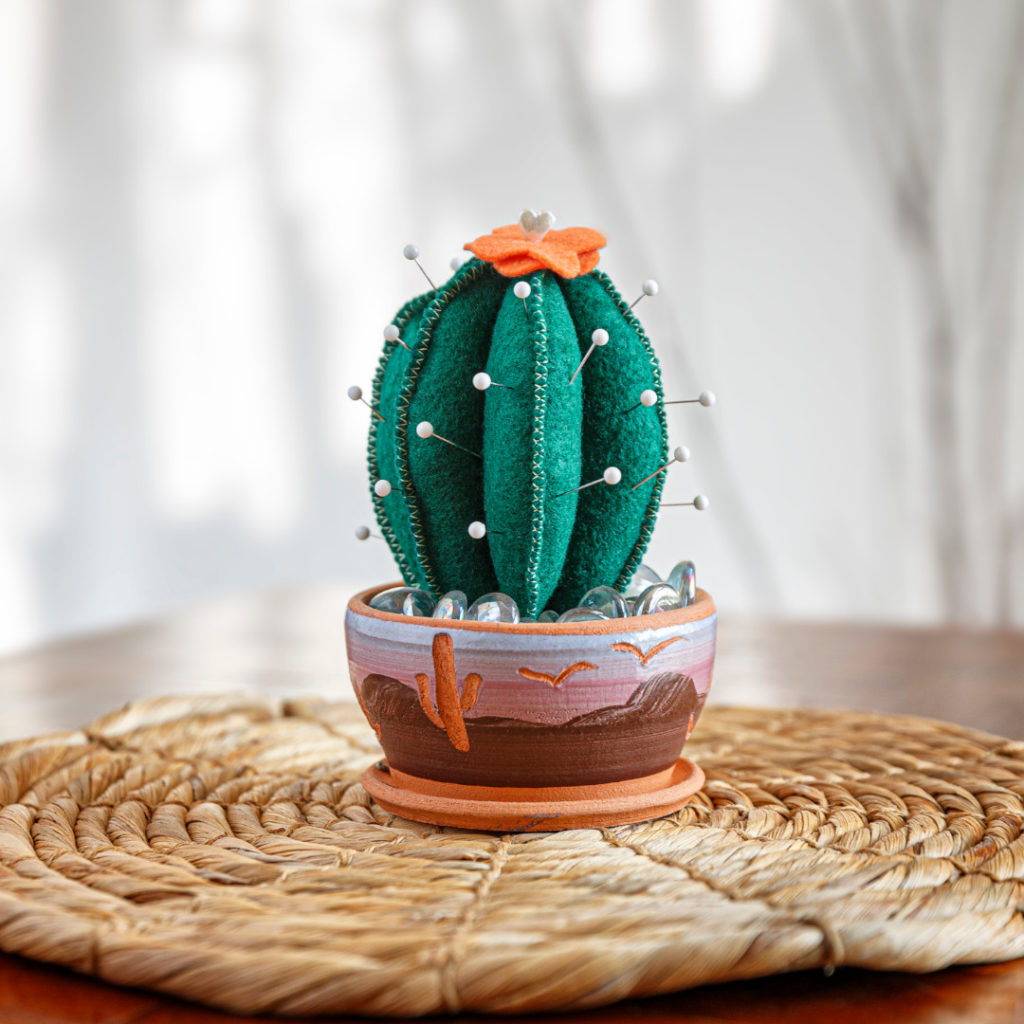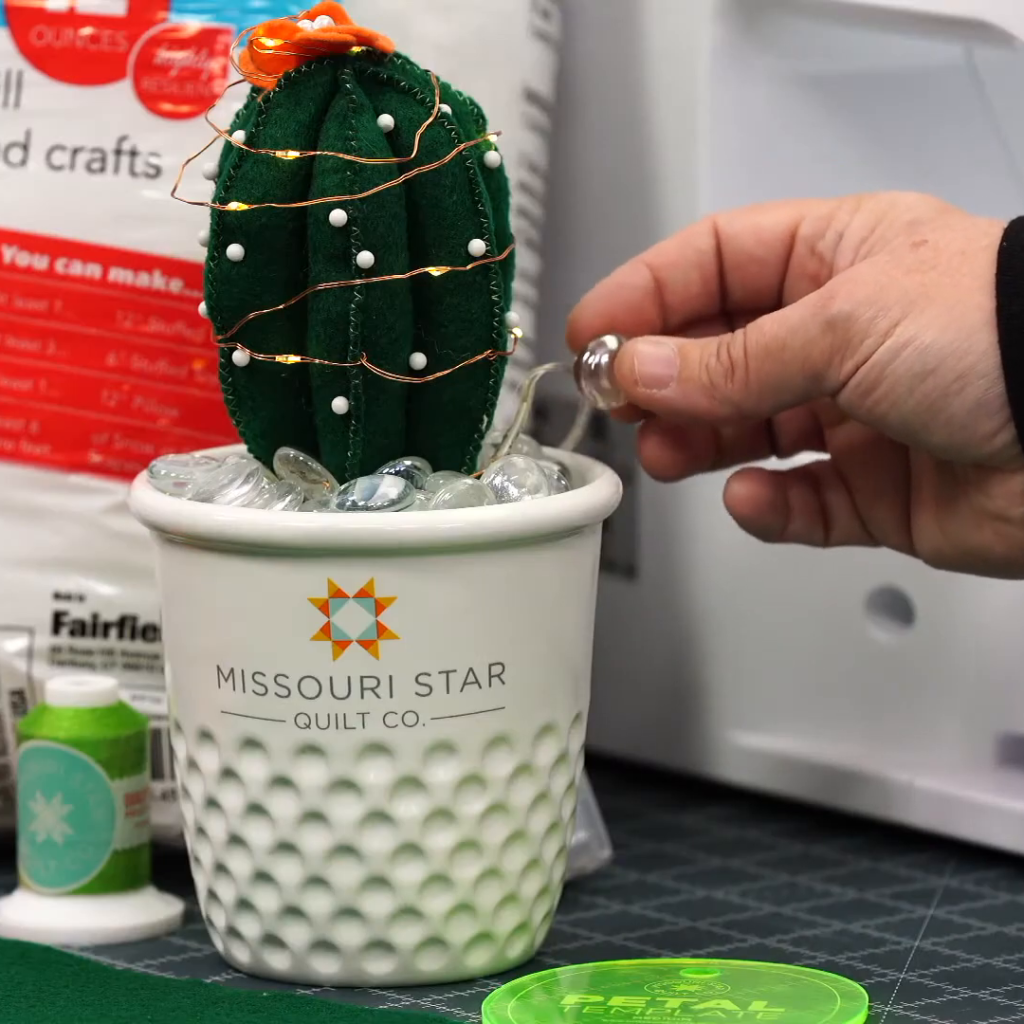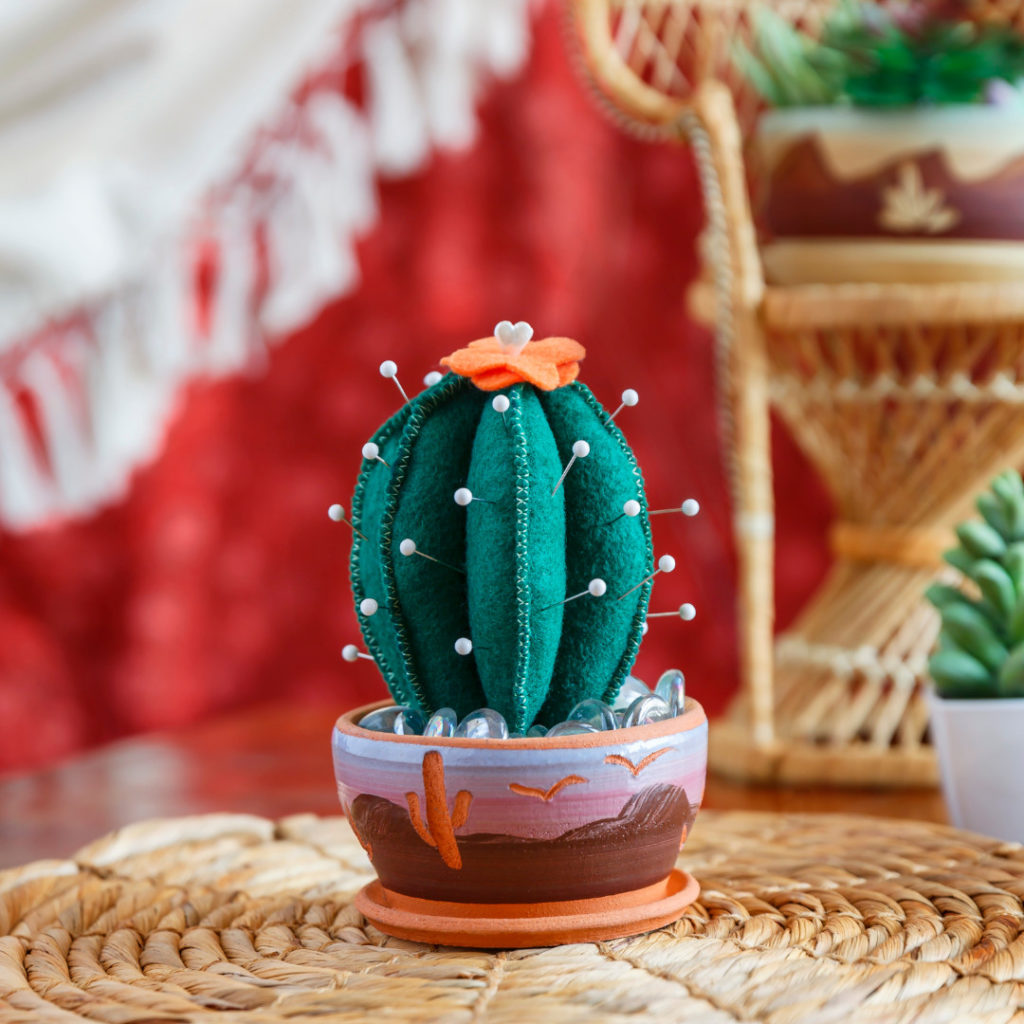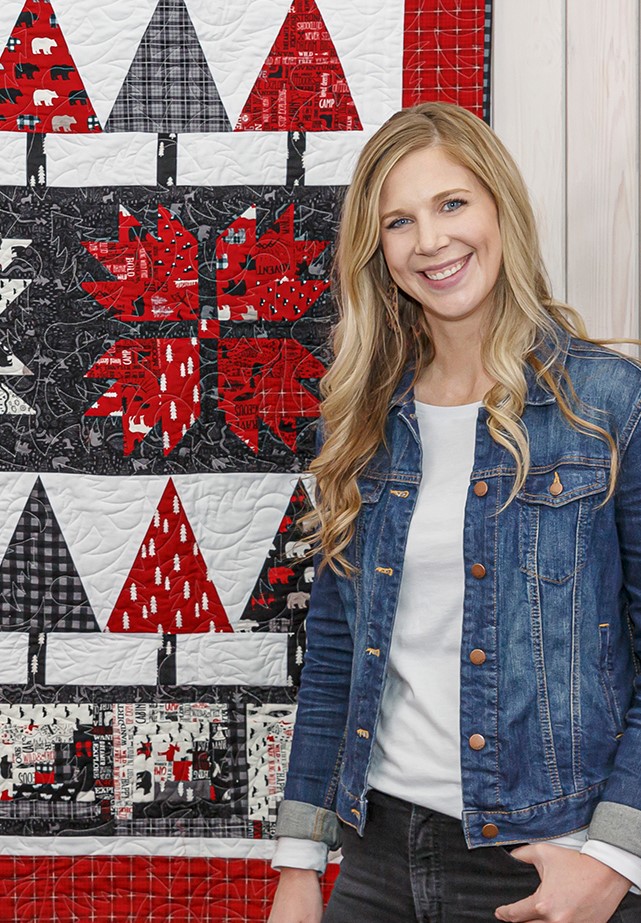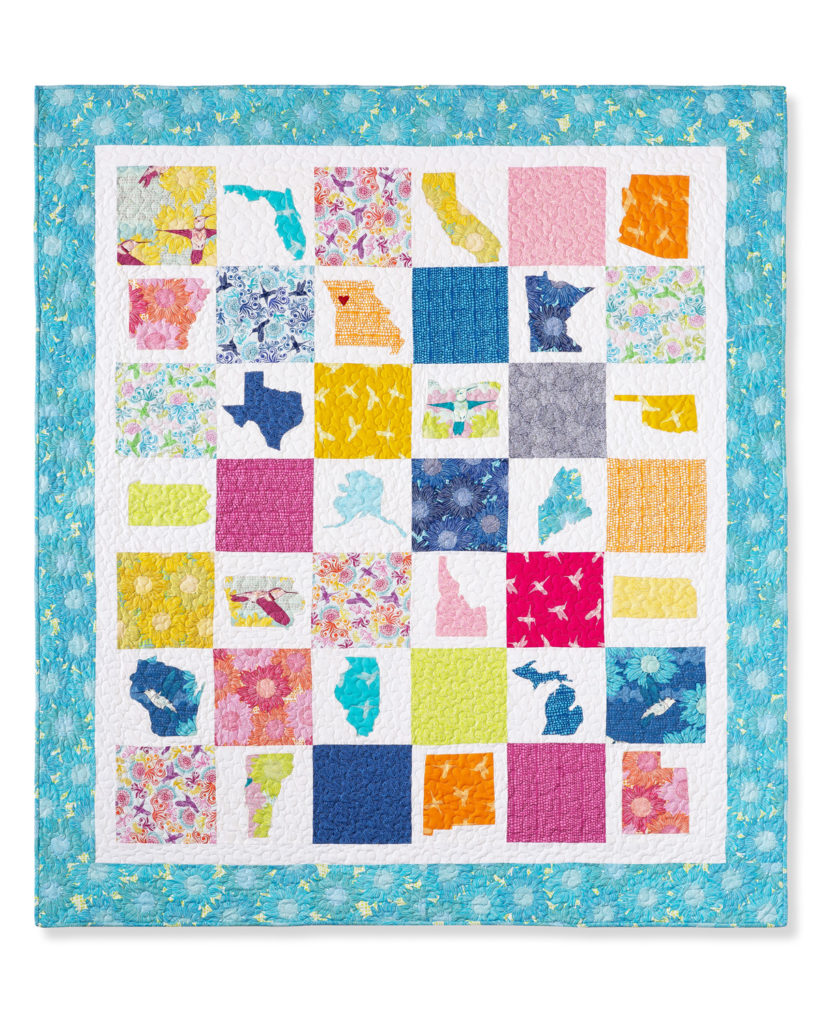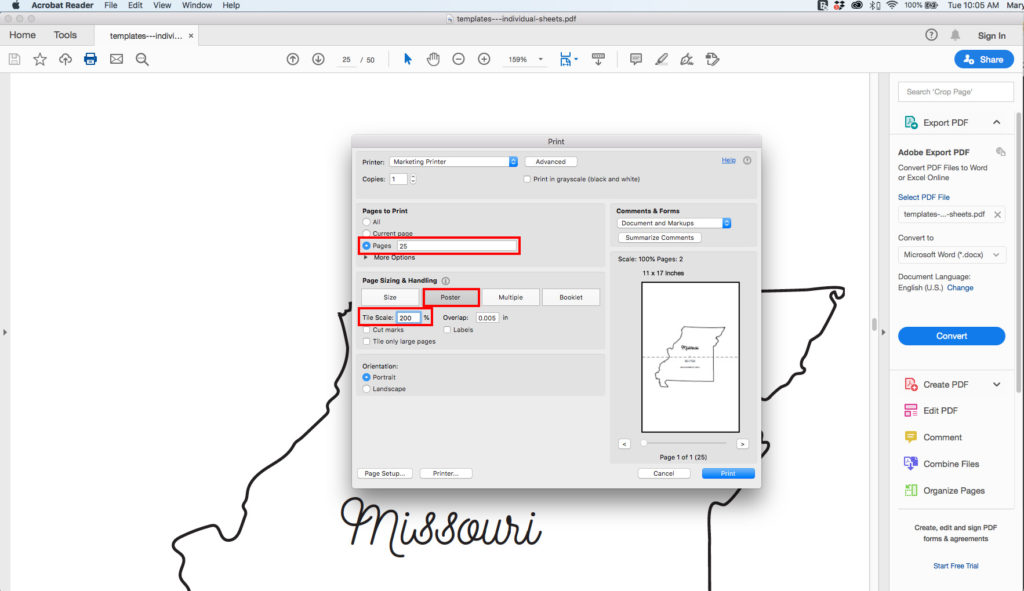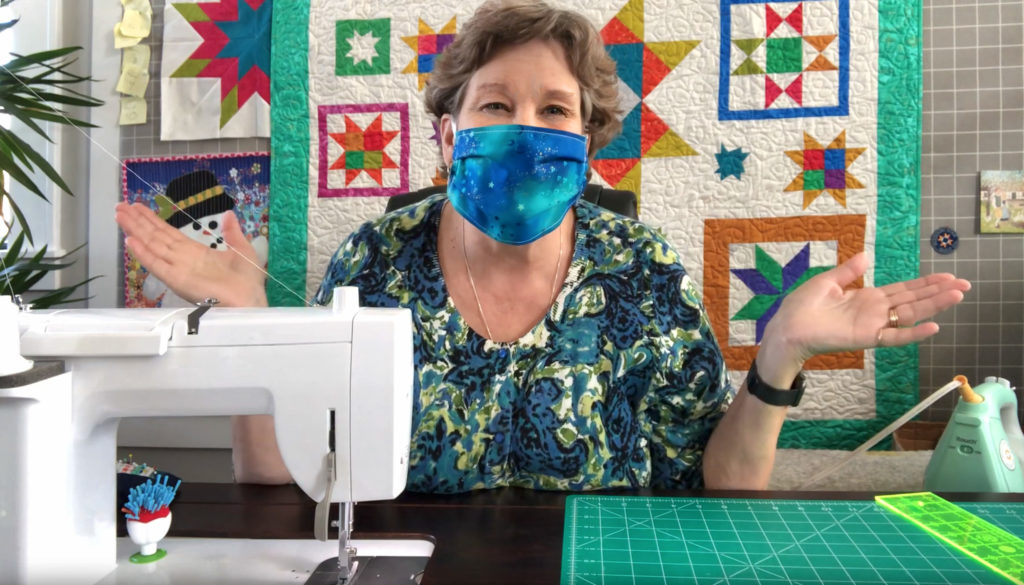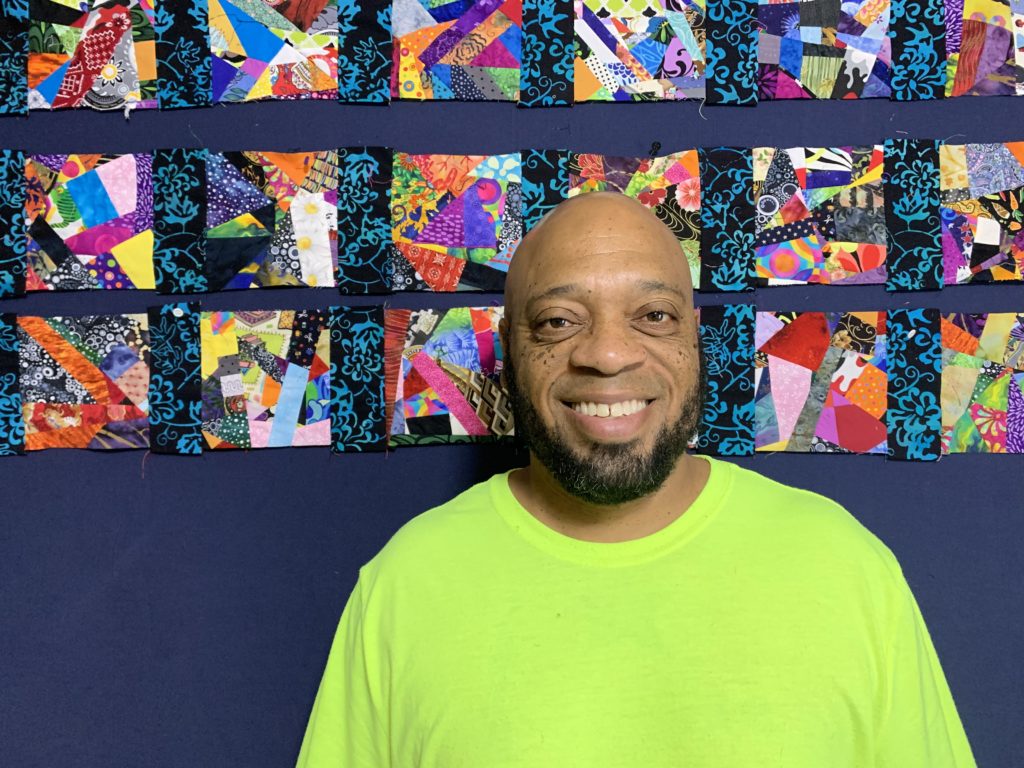
People often find quilting in times of need to help them through difficult situations – that’s how The Quilting Marine first discovered his love for quilting. After serving 20 years in the United States Marine Corps, The Quilting Marine found quilting as his therapy for PTSD related issues. Now, he has a new goal and his YouTube channel says it best, “I taught myself to quilt and would like to help you make quilts that you can admire for years to come.”
What is your favorite part of the quilting process?
My favorite part is piecing the blocks together and giving the quilt away for someone else to enjoy. It’s the building of the quilt for me and is my therapy. I don’t get wrapped around the wheel on everything else. I live behind the mantra of “it’s only fabric” and “it’s only thread”.
Who are your favorite fabric designers?
Robert Kaufman; Michael Miller; Riley Blake; Brother and Sister Design 2009
What notion or sewing tool are you most dependent on?
I depend mainly on my omnigrid rulers, rotary cutters and my machine, the Brother PQ1500sl. And if I had to throw something else in, it would be the Oliso iron.
How were you introduced to sewing and quilting?
I taught myself around the time my grandson was to be born. I wanted to create something for him that was one of a kind.
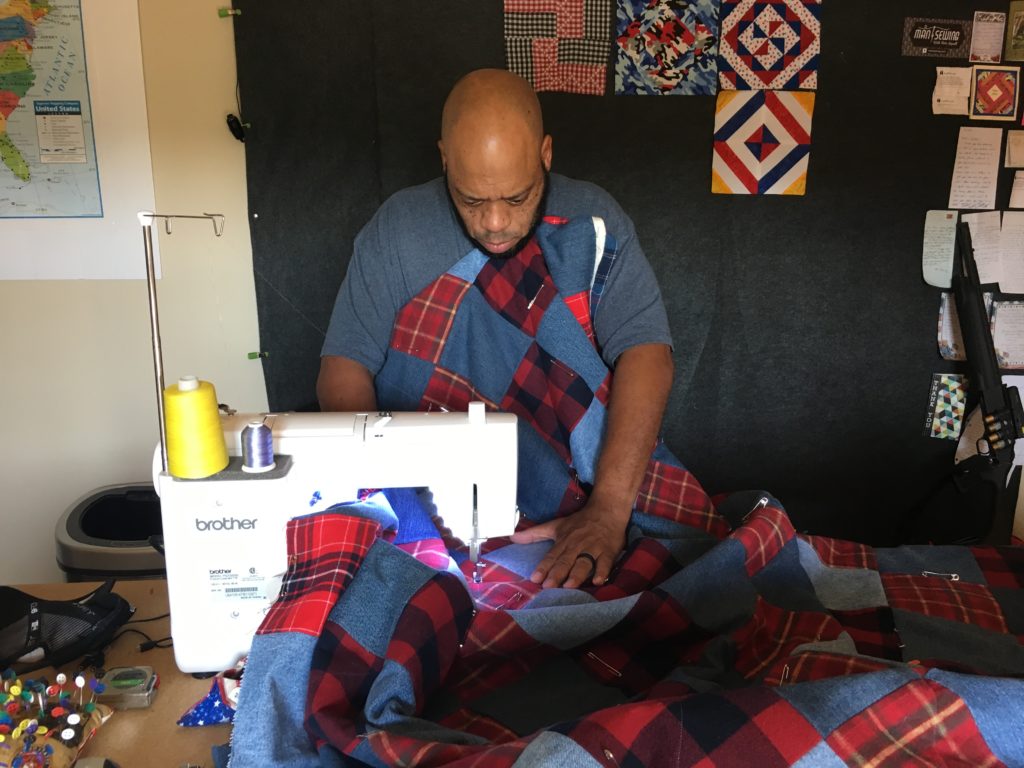
What was the most frustrating sewing project you ever worked on?
The one for my grandson was my first quilt and was the most frustrating because I entered a world that I had no idea about. Once I realized that there wasn’t much to create a quilt, that is one of the reasons it attracted me. The repetitiveness of building a quilt keeps me sane. Even though the process is repeated, the result that comes from it is different every time.
What do you do to find inspiration/encourage your creativity?
I find my inspiration from watching other quilters and add or take away from what they have created to make it my own. I love using a lot of color when building my quilts. Colors to me bring out the quilt.
What occupation would you like to try if sewing/making wasn’t an option?
I would love to be a hard hat diver/saturation diver. They get paid handsomely to do what they do and the risk is tremendous.
Who is your favorite fictional character?
The Punisher. He is a normal guy who has no superpowers and takes on the responsibility of fighting crime. I like normal guys who do extraordinary things.
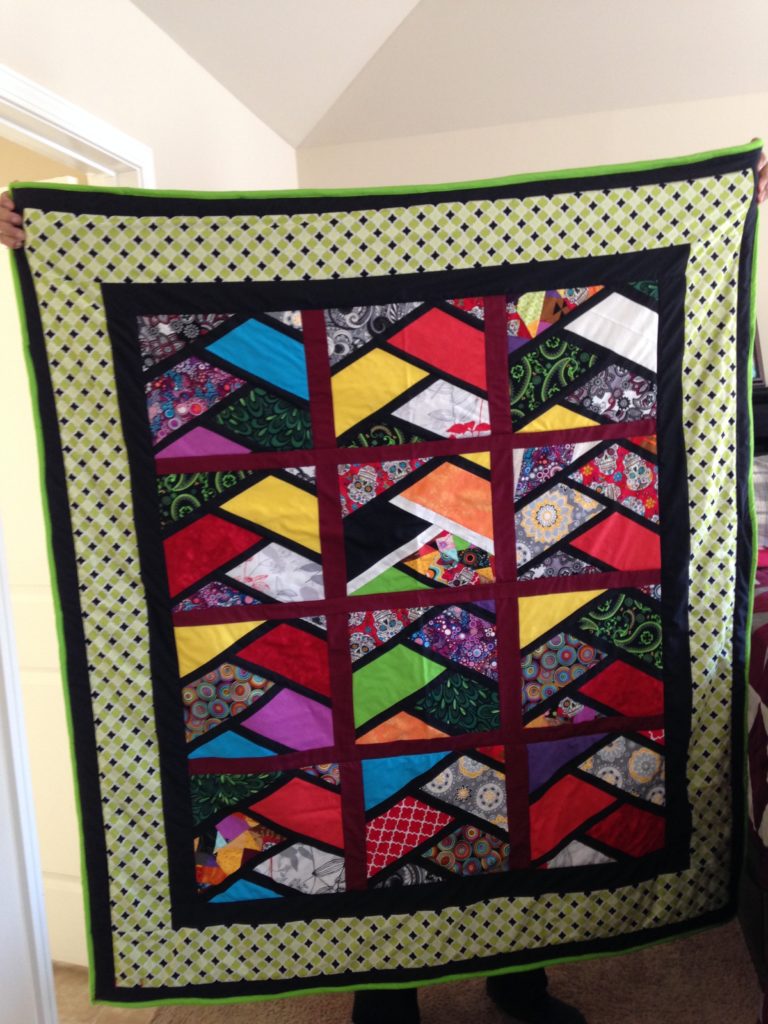
What fabric have you been hoarding/saving the longest?
Batiks are my all time favorite and whenever subscribers send me fabric, I will hoard Batiks until I find something that the fabric is perfect for. I don’t normally like flowers, I’m not the flower guy but the 2009 Brother Sister Design Studio Fabric has me hoarding it too. This one is super hard to find now so I hoard it as much as I can.
Describe your perfect day.
A day on the beach in the Caribbean with my wife, a fishing rod with a line in the water and no hook and a cool drink. Sleep, wake, piece a block and repeat. Maybe some eating in there somewhere as well.
Want to know more about The Quilting Marine and his incredible journey into quilting? Join us on Missouri Star LIVE, June 1st, 2021 at 11:00 am CST, as he joins us as a special guest! Until then, be sure to follow him on Instagram and Facebook and don’t forget to subscribe to his YouTube channel to keep up with his journey while learning more about the art of quilting.
